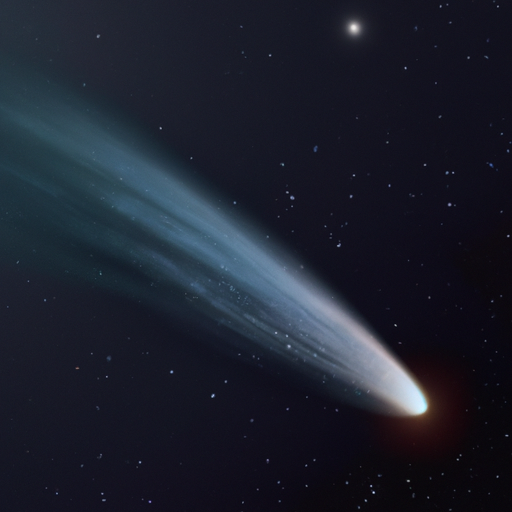Unveiling the Mysterious Origins of Long Period Comets
Long period comets have fascinated astronomers and space enthusiasts for centuries. These celestial objects, with their majestic tails and unpredictable appearances, have captivated our imaginations. But where do these enigmatic comets come from? In this article, we will delve into the mysterious origins of long period comets and shed light on their fascinating journey through the cosmos.
Long period comets, as the name suggests, have orbital periods greater than 200 years. Unlike their short period counterparts, which originate from the Kuiper Belt beyond Neptune, long period comets have much more elongated orbits that take them far beyond the outer reaches of our solar system. But their journey doesn’t end there.
One of the most widely accepted theories regarding the origin of long period comets is the Oort Cloud hypothesis. The Oort Cloud is a hypothetical region located at the outermost edge of our solar system, about 2,000 to 200,000 astronomical units away from the Sun. It is believed to be a vast reservoir of icy bodies, including comets, that were left over from the formation of our solar system.
According to this theory, long period comets are thought to originate from the Oort Cloud. Occasionally, due to gravitational disturbances from nearby stars or other celestial objects, some of these icy bodies are nudged out of their stable orbits and sent hurtling towards the inner solar system. As they approach the Sun, the intense heat causes the icy nucleus of the comet to vaporize, creating the characteristic coma and tail that we associate with comets.
The journey of a long period comet from the Oort Cloud to the inner solar system can take thousands or even millions of years. As they travel through space, these comets are influenced by the gravitational forces of the planets they encounter along their path. These interactions can alter their trajectories, leading to variations in their orbital periods and appearances.
While the Oort Cloud hypothesis provides a plausible explanation for the origin of long period comets, it is important to note that our understanding of these celestial objects is still evolving. Scientists continue to study and analyze data from space missions, telescopes, and other astronomical observations to gain further insights into the origins and dynamics of comets.
In conclusion, long period comets originate from the Oort Cloud, a distant and hypothetical region at the outermost edge of our solar system. These icy bodies are occasionally perturbed by gravitational forces, causing them to be ejected from their stable orbits and sent on a long journey towards the inner solar system. As they approach the Sun, the heat vaporizes the icy nucleus, creating the stunning coma and tail that make comets so captivating. While the Oort Cloud hypothesis provides a plausible explanation, ongoing research and exploration are essential to unraveling the mysteries surrounding these fascinating celestial objects.
Keywords: long period comets, origins of comets, Oort Cloud hypothesis, celestial objects, solar system, icy bodies, gravitational forces, space missions, astronomical observations.




